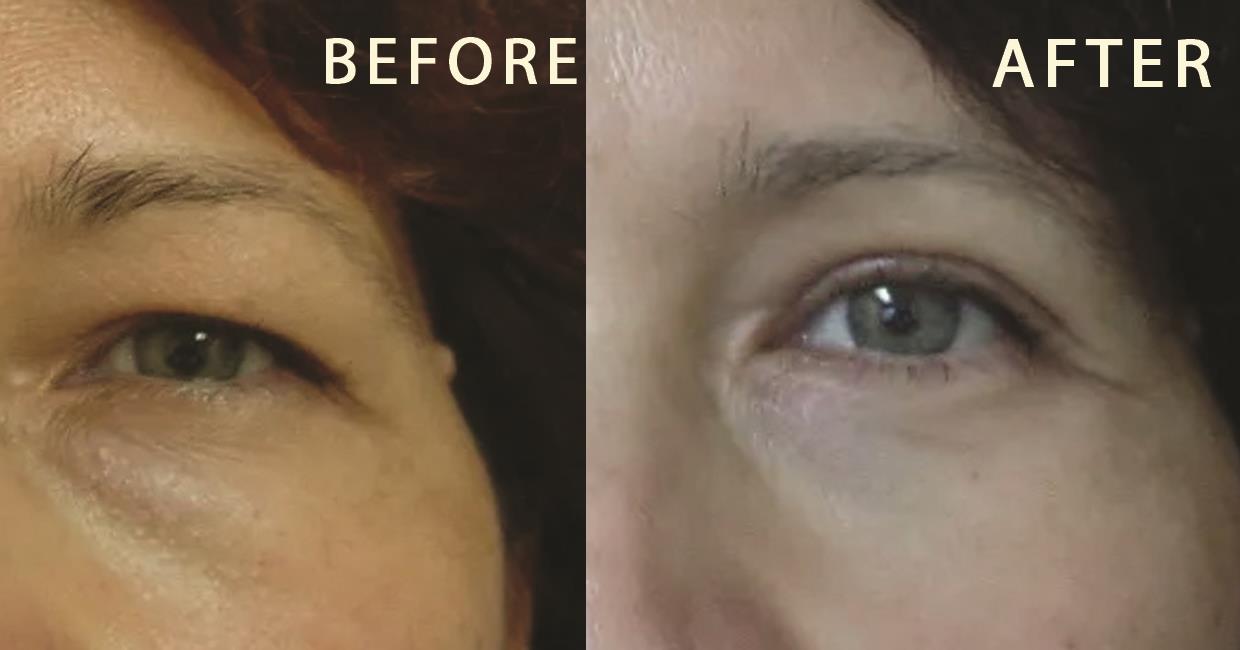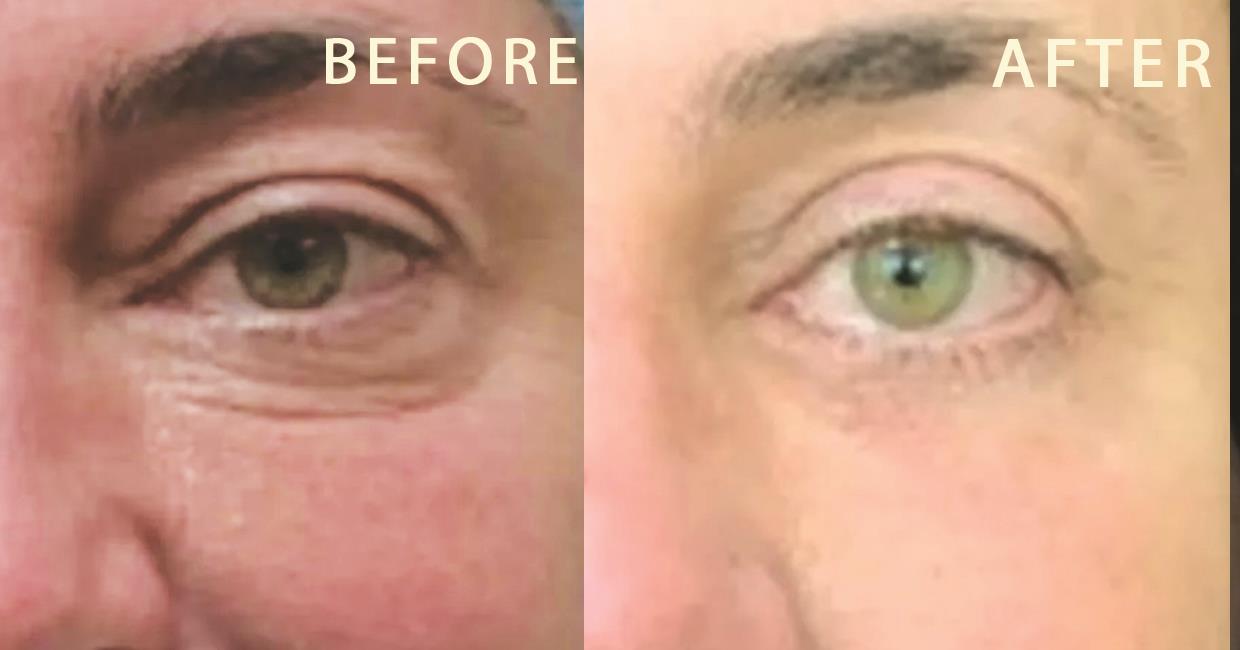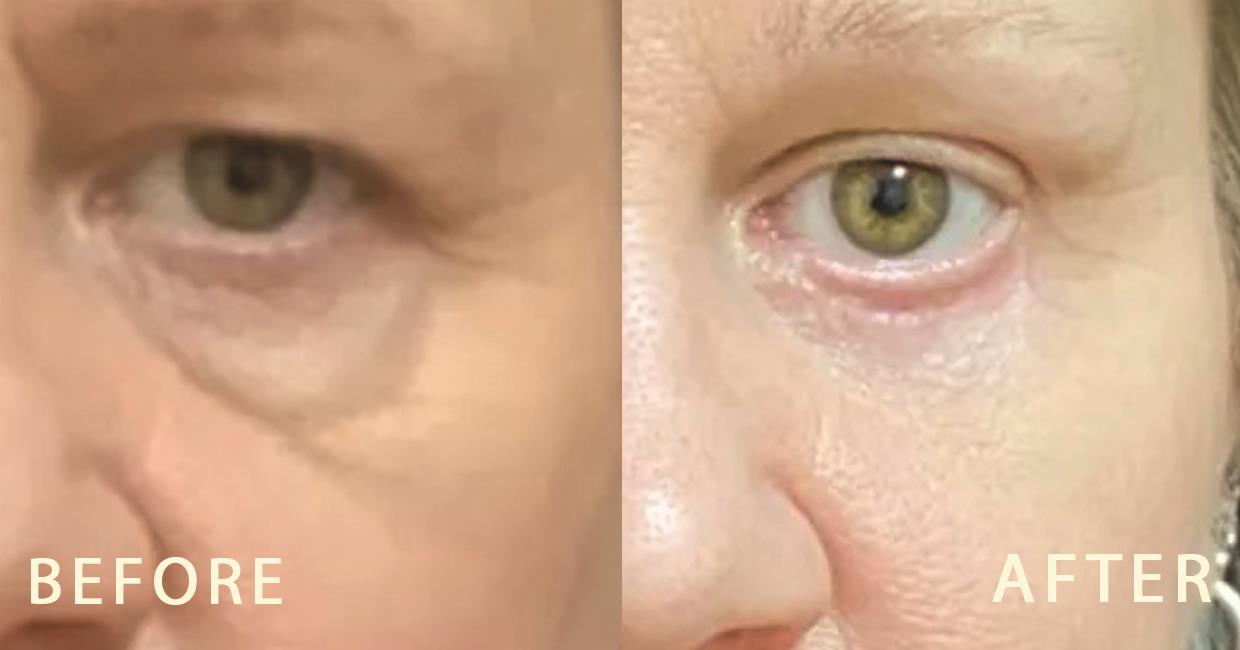Eyelid surgery, or blepharoplasty, is a surgical procedure to improve the appearance of the eyelids.
Surgery can be performed on the upper lids, lower lids or both.
Whether you want to improve your appearance or are experiencing functional problems with your eyelids, eyelid surgery can rejuvenate the area surrounding your eyes.
What eyelid surgery can treat?
Loose or sagging skin that creates folds or disturbs the natural contour of the upper eyelid, sometimes impairing vision
- Fatty deposits that appear as puffiness in the eyelids
- Bags under the eyes
- Drooping lower eyelids that reveal white below the iris
- Excess skin and fine wrinkles of the lower eyelid
Who is a good candidate for eyelid surgery?
Good candidates for eyelid surgery include:
- Healthy individuals with no medical conditions that can impair healing
- Nonsmokers
- Individuals with a positive outlook and realistic goals
- Individuals without serious eye conditions
Remember that the eyelids are part of the face. The appearance of a drooping upper lid may also be due to relaxation of the forehead skin and eyebrow. Sometimes stretching out of the upper eyelid muscle may cause a drooping eyelid. This is called eyelid ptosis and requires a different surgical treatment.
Your plastic surgeon will evaluate your facial anatomy thoroughly and will discuss what procedures might best remedy your concerns.
What should I expect during my eyelid surgery recovery?
During your eyelid surgery recovery, lubricating ointment and cold compresses may be applied, and in some cases your eyes may be loosely covered with gauze, after your procedure is completed.
You will be given specific instructions that may include how to care for your eyes, medications to apply or take orally to aid healing and reduce the potential for infection, specific concerns to look for at the surgical site or in your overall health and when to follow-up with your plastic surgeon.
Initial healing may include some swelling, bruising, irritation, dry eyes and discomfort that can be controlled with medication, cold compresses and ointment. Irritation at the incision sites is also possible.
Eyelid surgery recovery & sun protection
You must practice diligent sun protection and use darkly tinted sunglasses until the healing process is fully complete.



What results should I expect after eyelid surgery?
The results of eyelid surgery will be long-lasting. While there usually is little pain involved in this surgery, there can be swelling or bruising. Most patients are presentable to the public in 10-14 days. However, it may take a few months before final healing is completed.
While eyelid surgery can be expected to correct certain conditions permanently, you will continue to age naturally. Ongoing sun protection will help to maintain your results.
Although good results are expected from your procedure, there is no guarantee. In some situations, it may not be possible to achieve optimal results with a single surgical procedure and another surgery may be necessary.
Following your postoperative instructions is essential to the success of your surgery. It is important that the surgical incisions not be subjected to excessive force, abrasion or motion during the time of healing.
Your doctor will give you specific instructions on how to care for yourself.
FAQ
How does aging affect eyelids?
As skin ages, it gradually loses its elasticity. A lack of elasticity, combined with the relentless pull from gravity, causes excessive skin to collect in the upper and lower eyelids. Excess skin on the lower eyelid causes wrinkles and bulges. On the upper eyelids, an extra fold of skin forms that can hang over the eyelashes and obstruct vision. Bulges on the upper and lower eyelids can also be caused by the fat that cushions the eyeball from the eye socket. The thin membrane that holds the fat in place weakens with age, allowing the fat to protrude into the lids
What can I expect from blepharoplasty (eyelid surgery)?
Blepharoplasty takes 1-2 hours if both upper and lower eyelids are done at the same time, depending on whether fat is repositioned or if there is additional work to lift cheeks. There will be a stitch in both upper lids that will remain for about a week. The lower lids do not require sutures if the incision is made on the inside of the lid. It is common for swelling and bruising to occur in the upper and lower lids. Within one to two weeks the upper eyelids will look good. Upper lids show the incision line and take a bit longer than lower lids to look great. Expect to stay home from work and limit your activities for several days after surgery to allow your eyelids to heal. Some patients experience dry eyes after surgery, but the condition rarely lasts more than two weeks. If you have dry eyes for more than two weeks, contact your doctor.
Are the changes with blepharoplasty (eyelid surgery) permanent?
Blepharoplasty will not stop your eyes from aging. However, the results usually last a long time. Upper-eyelid surgery can last anywhere from 5 to 7 years to an entire lifetime, while lower-eyelid surgery rarely needs to be done more than once.

| Here is some videos for your aesthetic treatments. You can also visit our aesthetic BLOG page. |
|
|
|